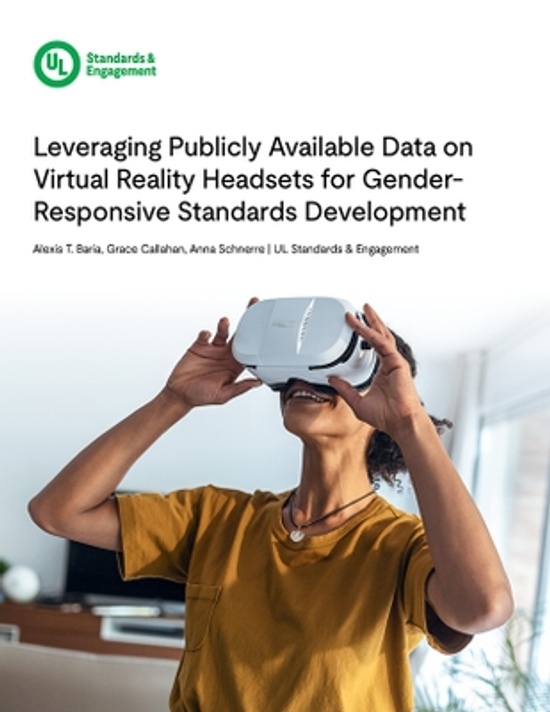
Sharing data practices is a primary goal for standards development organizations that are signatories of the United Nations Economic Commission for Europe’s Declaration for Gender-Responsive Standards and Standards Development. Here, we present a data-driven approach to selecting an existing voluntary consensus standard to evaluate for gender responsiveness, and we leverage public data to identify potential opportunities for improving its safety impact. We found that UL 8400, the Standard for Safety for Virtual Reality, Augmented Reality and Mixed Reality Technology Equipment was a suitable candidate for the initiative, and we highlight potential safety issues through an analysis of incident data and primary research articles.
Highlights:
- We used a data-driven approach to select UL 8400 for gender-responsiveness.
- Product incident records involving females are more frequently labeled with ambiguous diagnoses.
- Product research studies investigating female user concerns are lacking.
- More initiatives for collecting gender-responsive data are needed.